- Eat at Joe's
- Posts
- Eat at Joe's: The coolest beans
Eat at Joe's: The coolest beans
When money is tight, bring out the beans, the cheapest source of protein around. Here's my absolute favorite way to cook them, straight from a star chef in Mexico. A recipe for Lalo's Cacahuate Beans, plus a coupon for my upcoming cooking class!
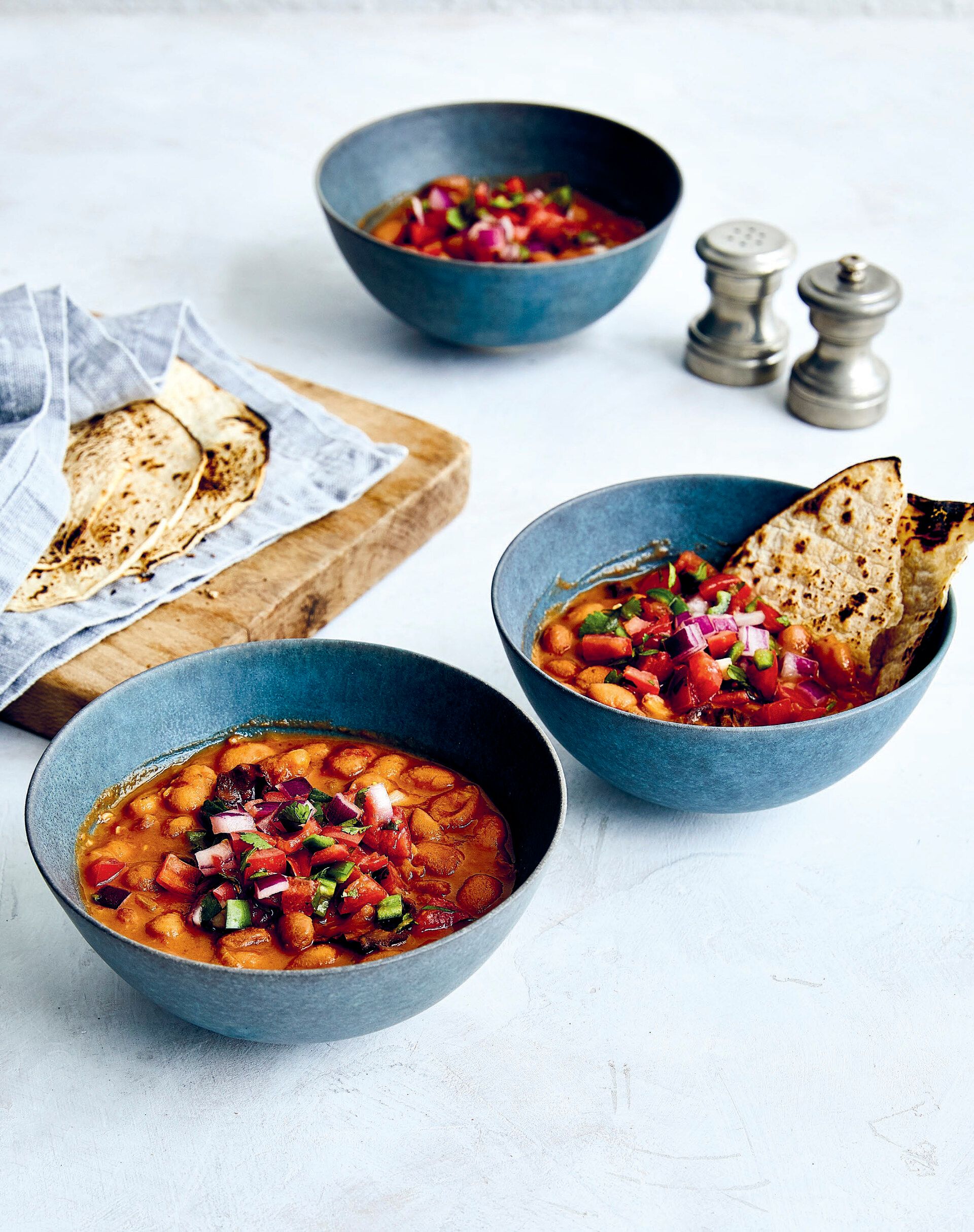
Lalo’s Cacahuate Beans. See recipe below!
(Photo by Aubrie Pick, styling by Lillian Kang)
We’ll always have beans
It was a decade ago, and I was annoyed.
A colleague at The Post — in a department other than Food, which I supervised — had written a piece about how eggs had gotten more expensive than chicken breast, and he headlined it, “Eggs are no longer the cheapest source of protein.”
If you know what’s wrong with that headline, raise your hand. OK, I can’t really see the show of hands here from the other side of my computer screen (one day, I bet that will change), but I have a feeling a lot of you knew just what I knew as soon as I read it. That is, there’s a very important qualifier missing from the sentence. I don’t think eggs were ever the cheapest source of protein, or at least not consistently. They were the cheapest source of animal protein.
When I politely pointed this out, I got some pushback — something along the lines of, “Well, I think people know what I mean” — but I couldn’t let it stand. I insisted that the headline be corrected, and it was.
You know what the cheapest source of protein is, don’t you? Honestly, it’s not even close. Here’s what I calculated, using pricing data from the Bureau of Labor Statistics and nutritional data from the USDA. (Get that data while you can, by the way, because the government shutdown — which Trump blames on the Democrats and I blame on Trump — will cause a data shutdown, too.) The only asterisk here would be on peanut butter, because the latest tracked price by the BLS is from 2017.
Prices are per pound except for eggs, which are per dozen; and milk, which is per gallon. The amount of protein listed is per 100 grams of the food, and the cost is per gram of protein.
Dried beans: $1.54, 24.4 g protein, 1.4 cents
Peanut butter: $2.48, 24 g protein, 2.3 cents
Whole milk: $.17, 3.27 g protein, 3.3 cents
Chicken breast: $4.21, 22.5 g protein, 4.1 cents
Eggs: $3.59, 12.4 g protein, 4.8 cents
Cheddar cheese: $6.12, 23 g protein, 5.9 cents
Eggs, as you can see, wouldn’t have been a cheaper protein source than dried beans even back in their $2-a-dozen days! You may have read a different breakdown elsewhere on the Internet, but if you look closely at some of those back-of-the-napkin calculations your less-journalistically-inclined writers come up with, you can spot the flaws. They use prices from their local store, or from Instacart, and they make judgments based on what they think sounds like the best product. Hmm. I stand by my version.
Anyway, the reason I bring up the affordability of dried beans, especially as a protein source, is this: The Husband is a recently furloughed federal worker, so we’ve had to pick up our “austerity budget” techniques while the standoff in Congress continues. We’re very fortunate, in that we have an emergency fund that we can draw on for a while, knowing that we can pay it back once the furloughs are over and back pay is issued. But we can’t know how long this will last, so we’re still cutting back when and where we can to make that money last as long as possible. Plans for our long-awaited trip to Portugal? I stopped looking at spring airfares. Dining and takeout? Not eliminated just yet, but drastically reduced.
In the kitchen, I’ve been fortunate to have more time to spend since my semi-retirement, so I’ve been employing the one strategy that makes the most difference in our spending, IMHO. I’ve been trying to use what we have rather than buying more. And what we have are lots of bags of dried beans, many types of grains, plus frozen meat and seafood (for those in the household who eat it) and vegetables, in addition to fresh produce. By eating down the fridge, freezer and pantry, my grocery shopping list grows shorter. No coupon can compete with that. As I have told The Husband for years — much to his chagrin, btw — you save 100 percent on something you don’t buy.
On the other side of the equation, the most expensive food is the food you throw away, so I’m also trying to double down on the reinvention of leftovers. A few days ago, I made pizza with a frozen crust plus jarred marinara sauce plus leftover roasted cauliflower (made particularly tasty with the addition of spicy, citrusy olives). Another day, I was so glad when The Teenager pointed out some frozen udon noodles in the freezer and asked if he could try them. Yes! I dug deeper into the chest freezer, unearthed a couple of Beyond Burger patties, and stir-fried them with onions, garlic and finely chopped broccoli. I flavored the sauce with Chinese sesame paste (darker and richer-tasting than my beloved tahini), vegan oyster-flavored sauce and a spoonful or two of chili black bean sauce. (The latter is similar to the black bean garlic sauce that went into the steamed eggplant I wrote about last week, so feel free to use that instead.) I love being able to throw something together that (usually) tastes good.
It was when I spied a bag of cranberry beans in my crowded-to-spilling-over pantry, however, that I got truly excited, because I knew just what I’d make: my favorite recipe from “Cool Beans.” My 2020 book found a lot of success partly because of the timing; it published right before the first pandemic lockdowns, when people were stocking up on shelf-stable ingredients like beans and trying to figure out what to do with them. In the intervening years, whenever I’m asked what recipe from that book a reader new to beans should start with, I almost always point to Lalo’s Cacahuate Beans with Pico de Gallo. (See the full recipe below.) This is the recipe for the beans that made me swoon on my honeymoon in Mexico City, the one that I thought seemed so counterintuitive when genius chef Eduardo “Lalo” Garcia showed me how he makes them.
Cacahuate beans get their name because it’s the Spanish word for peanut, which they resemble. They’re also known as borlotti or cranberry beans, and in the course of researching “Cool Beans,” they became a go-to choice because of the delectable broth they create and their wonderfully creamy texture. In Lalo’s recipe, you cook them first very simply and slowly, and only once they’re nice and tender do you add a sofrito of onions, garlic, tomatoes and dried chiles, crank up the heat and boil them vigorously for a half hour, concentrating and reducing and infusing them with flavor. And wow, what flavor!
If you ever needed proof that beans don’t need a hunk of smoky meat to taste good, this is it. (And if you are still stuck on the idea that you have to soak a pound of beans overnight before you can cook them, I recently spoke about that issue with Food and Wine magazine. The upshot: You don’t!)
Beans are the cornerstone of frugal cooking around the world, so once again, they are waiting in the pantry to come to our rescue, deliciously and nutritiously.
I break for animals:
Bonnie
Recipe: Lalo’s Cacahuate Beans with Pico de Gallo
Mexico City chef Eduardo “Lalo” Garcia’s secret is to cook these beans very simply, for a very long time, until they’re super-soft, then to add his seasoning — a sofrito of onion, garlic, tomatoes, and dried chiles — and boil them for another half hour, simultaneously infusing them with flavor and concentrating their cooking liquid. These are some of the simplest and yet most complex beans I’ve ever tasted, let alone cooked. A straightforward pico de gallo adds a little freshness and crunch. Serve with tortillas.
Makes 4 main-course or 8 side-dish servings
Storage: Refrigerate for up to 1 week or freeze for up to 3 months.
1 white onion
1 pound dried cranberry / borlotti (aka cacahuate) beans, soaked overnight
2 garlic cloves
Water
2 tablespoons extra-virgin olive oil
2 large tomatoes, chopped
2 dried ancho or guajillo chiles, stemmed, seeded, and cut into strips
2 teaspoons fine salt, plus more to taste
For the pico de gallo:
2 Roma (plum) tomatoes, chopped
1/3 cup finely diced red onion
1/2 serrano chile, stemmed, seeded, and diced
1 tablespoon extra-virgin olive oil
1/4 cup fresh lime juice
1/2 cup lightly packed cilantro leaves
1 teaspoon fine salt, plus more to taste
Cut the onion in half. Keep one half intact and throw it into a large pot. Chop the other half and reserve.
Add the beans and 1 of the garlic cloves to the pot, along with enough water to cover the beans by 3 inches, and turn the heat to high. Bring to a boil, then reduce the heat as low as it will go, cover, and cook until the beans are tender, 60 to 90 minutes.
Chop the remaining garlic clove.
While the beans are cooking, make the sofrito: Pour the oil into a medium sauté pan over medium heat. Add the reserved chopped onion and the chopped garlic and cook until the onion softens, about 5 minutes. Add the tomatoes and chiles and cook until the tomatoes break down, release their liquid, and become very soft, and most of the liquid has evaporated, about 10 minutes. Remove from the heat.
When the beans are tender, sir in the sofrito, increase the heat to high, and cook, uncovered, until the beans are very soft and starting to break apart and the liquid has reduced by about one-third but the beans are still brothy, about 30 minutes. Stir in the salt, taste, and add more if needed.
While the beans are cooking, make the pico de gallo: In a mixing bowl, combine the tomatoes, onion, chile, olive oil, lime juice, cilantro, and salt. Taste and add more salt if needed.
When the beans are ready, divide them among shallow bowls and top each portion with some pico de gallo. Serve hot, with tortillas.
Recipe from “Cool Beans” (Ten Speed Press, 2020). Copyright Joe Yonan.
A coupon for my cooking class!
My first in a series of cooking classes at Cookology in Arlington, Virginia, is next weekend. In light of the government shutdown, we’re offering a coupon to Eat at Joe’s readers, for 20 percent off: Just use the code “yonan20” when you book here. Hope to see you there! (By the way, reader Michele Boyd won two seats to the class with her astute mushroom observations, so you’ll get to meet her and her husband, too!)
More favorite bean recipes
These are gift links to the recipes at the Post. Note that they require you to register but not subscribe. Gift links are free to access for 2 weeks, so if you want to come back to any of these recipes but don’t subscribe or want to subscribe, I suggest you find a way to save them!
That’s it for this week’s newsletter. Do you have friends you think might want to Eat at Joe’s? Invite them today and don’t forget those gifts you can earn through referrals — see above!
If you were forwarded this email, welcome! And know that you can get your very own copy in your very own in-box of your very own phone or laptop on your very own Sundays by clicking below.
Until next week,



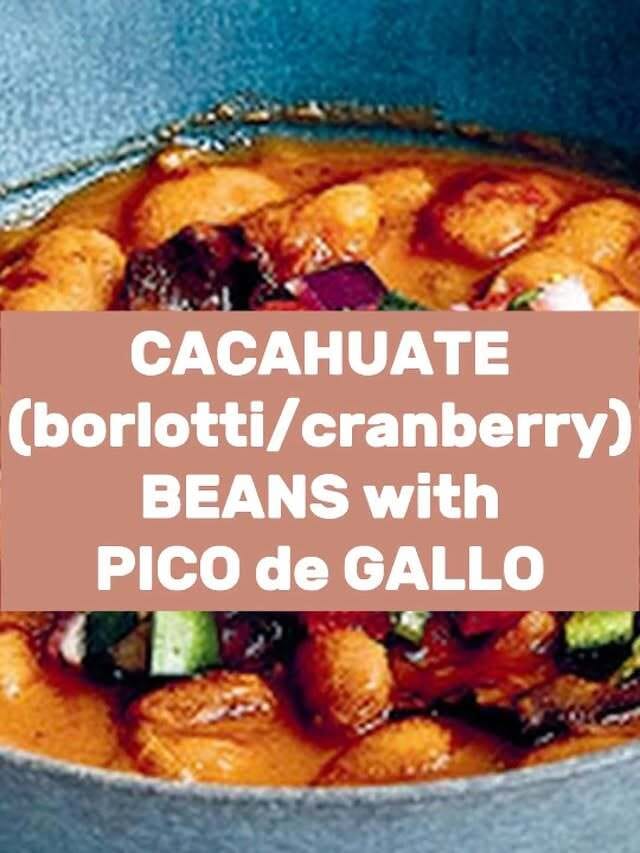
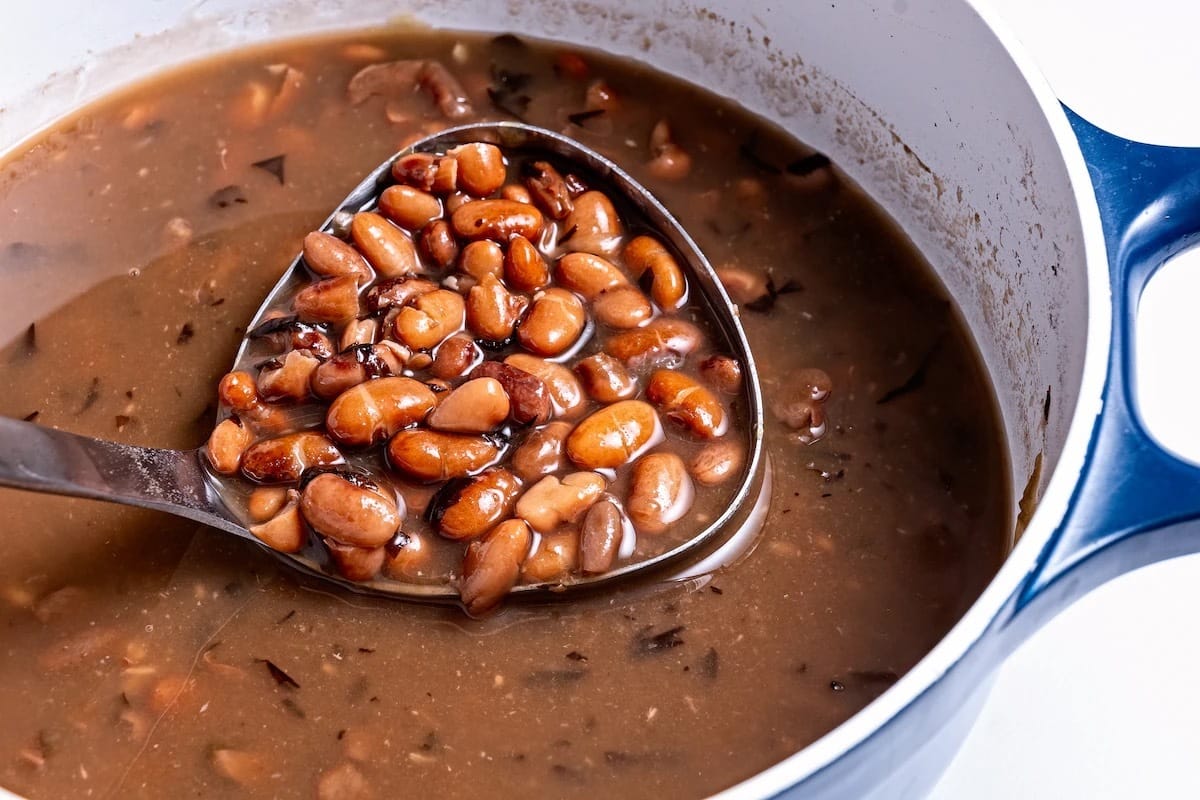
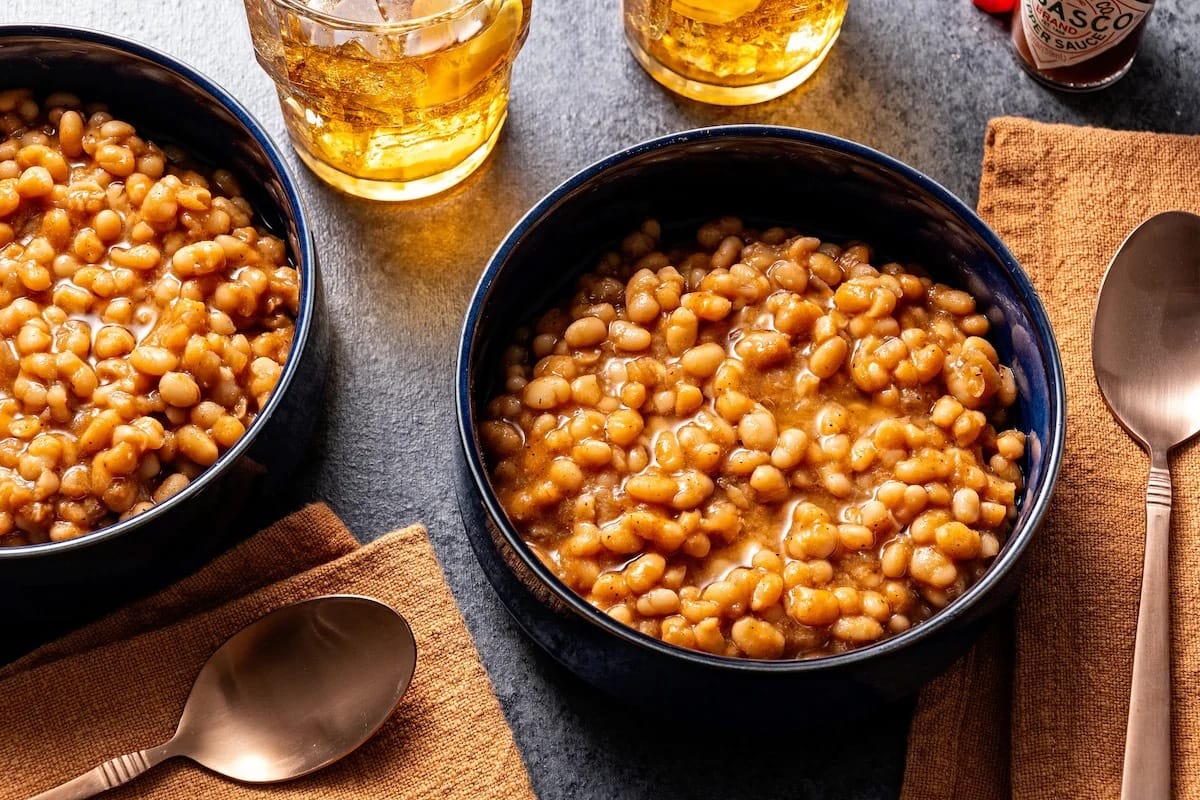
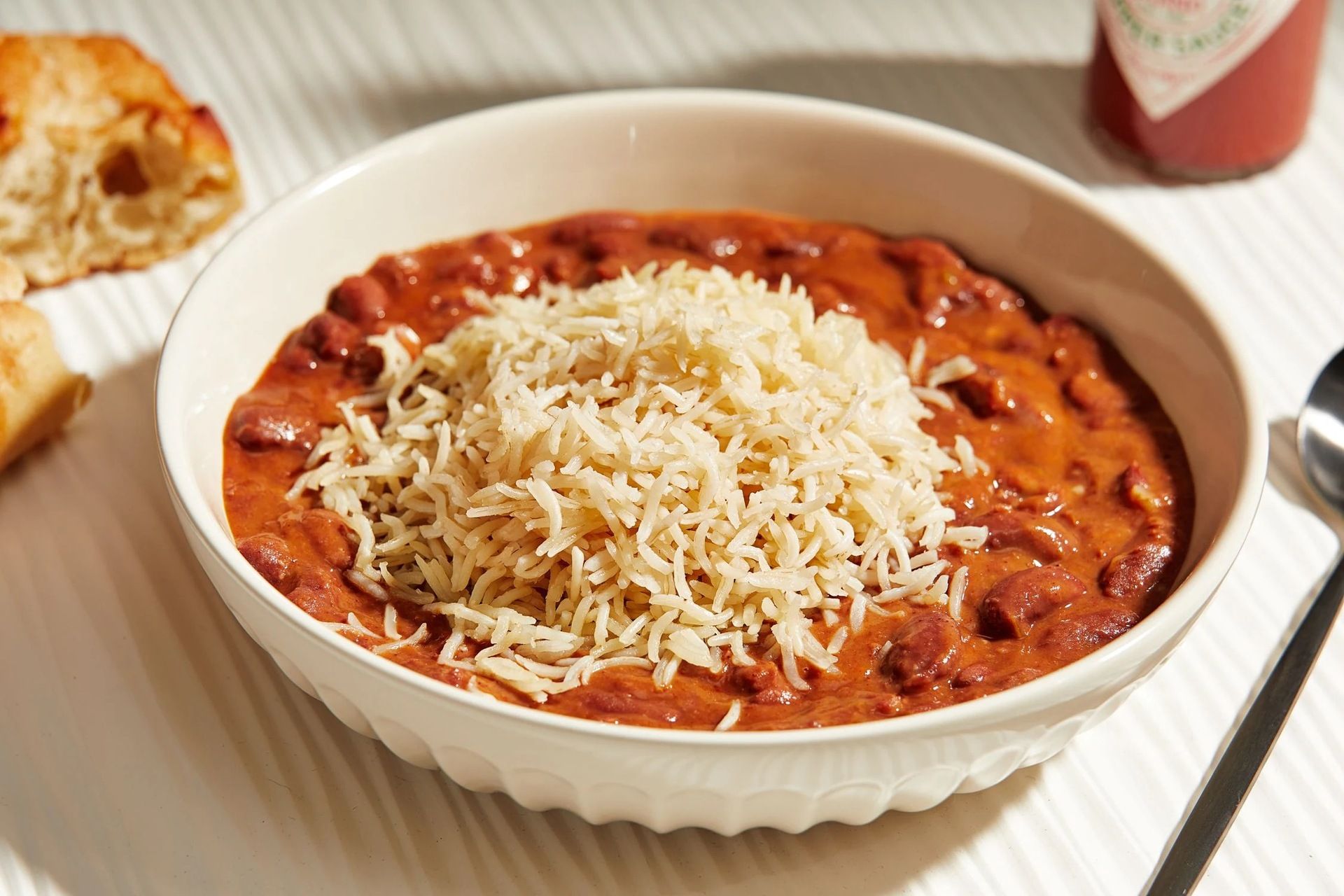
Reply